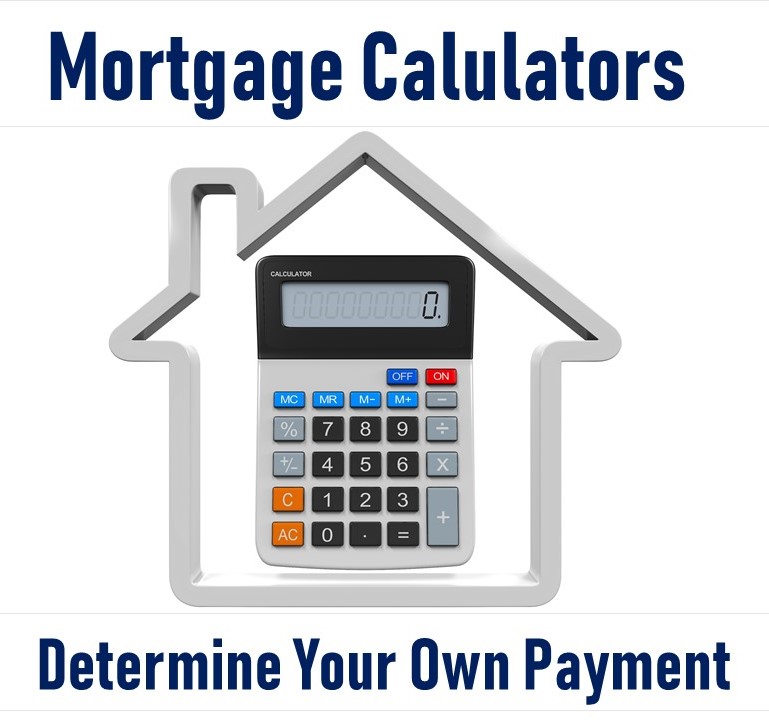
Once you buy a deal at the right price and properly project expenses, the only thing left is to make sure that the building is managed and maintained. It sounds simple because it is. That being said, there are some factors that you need to keep in mind when you are setting up management. Whether you are doing it yourself, hiring someone in-house, or outsourcing management to a third party company, there are certain “tasks” that need to be performed on a regular basis to keep things on track.
We currently manage our portfolio in NJ and Philadelphia in house with an employee called our Tenant Relations Manager. When we hired this person, we developed a job description based on hands-on learnings we had picked up from doing the job ourselves over the years. The key areas of this job description are what make up today’s article. That being said, I believe that these factors are essential for any real estate manager. If you are hiring a company to manage your building, make sure they are doing the items below and doing them well!
I use these points in my weekly interactions with my in-house manager and have developed “target goals” for each of them. That way, I can easily measure his performance based on those goals in each of these areas. Of course, there are other things he does on a daily basis, but I have found that if these 7 things are done well, the real estate managed will be profitable.
The property manager’s role is simple — keep the units full of happy tenants who pay their rent on time. You will find that my factors all point back to this statement in some form, so keep it in mind. Here we go!
1. Filling Vacancies
As long as your property is not a maintenance pig, vacancy is the biggest profit killer in this business. That being said, sometimes tenants move, and there is nothing you can do about it. To stay profitable, you have to fill that spot with a quality tenants as quickly as you can. For every month a unit sits vacant, you lose around 8% of your potential annual revenue for that unit. And you have to keep paying expenses, which can be a real killer on single family homes or small multis!
There are three essential steps to filling vacancies that the property manager should be responsible for: marketing & sales, screening, and on-boarding.
Here are the cliff notes on these:
Marketing & Sales
We use a separate commission-based leasing agent for this function, but the process is managed by our Tenant Relations Manager. The first step is to crank up our marketing. We use VFlyer, which creates a template that we drop into CraigsList, and it also posts the property on popular sites like Trulia. The property manager monitors how many calls, showings, and applications the leasing agent is getting. This is the main point of measurement for this step in the process. If they are not getting a target number of calls per week and we have good photos and a solid write up online, we know our price is too high. We don’t wait a month to drop the price; sometimes we will make adjustments after just a week if we are not getting the interest we want.
Screening
Once the leasing agent produces a completed application, the Tenant Relations Manager begins the screening process. They run credit, criminal, and an eviction check on the prospect. They also call the prior and current landlord and current employer for a reference. We collect all this and other data, such as the prospect’s after-tax income and whether they have things responsible people have, like car insurance and a checking account, for consideration. We enter all these data points into a scoring sheet and add up the prospect’s score. If they come in above a certain grade, we accept. If not, we decline. We make sure that every prospect gets scored up this way by our TRM. If we accept a prospect, they are required to make a deposit of at least one month’s rent to take the property off the market.
On-boarding
This is sometimes overlooked in the management process, but it’s very important. On-boarding means creating and signing the lease package with the tenant. The reason this step should be taken seriously is that it is the best time to establish the rules of engagement with the tenant. Expectations for rent payments, guests, maintenance repairs, and so on are reviewed at this time, so it’s important to make sure that it gets handled the right way!
2. Collections
Unfortunately, sometimes tenants need a little reminder about getting that rent paid on time. Sometimes they need a few reminders, and sometimes you need to take them to court to collect. The property manager needs to manage this process and drive collections on regular basis to keep them down. Collection rates vary by region and property type, but it pays to determine some management parameters for your property manager to shoot for.
If you have a few units, set a goal that all the rent is paid by the 15th of the month or eviction is filed. If you have more than a few, you may need to set up a percentage of your total rent that collections cannot exceed for your property manager to be considered effective. I’m really curious to hear some thoughts on this one from those of you with a few rentals, so please leave a comment!
3. Processing Work Orders
Once the tenants are in place and paying rent on time, they may need a maintenance visit every here and again. Make sure that your property manager is documenting the maintenance request properly into some sort of a work order system and distributing it to whoever will perform the repair. I would really drill down into how this process is managed because this is where things can fall through the cracks and happy tenants can turn into vacant units.
We use a software called Rent Manager that creates and tracks work orders for our technician or the subcontractor doing the work. We count how many outstanding work orders we have each week, how many came in, and how many were completed. We also look at the “oldest” work order in the system to make sure it’s not getting put aside or forgotten. Once the work is done, I would make sure that your property manager is calling the tenant to make sure they are satisfied. I know it’s a small task to do, but I can tell you that it goes along way and makes the tenants feel like the property manager cares about their satisfaction!
4. Lease Renewal
Most leases in the US go month-to-month once they reach their expiration date. A lot of landlords and property managers can get lazy and let their leases go, allowing the tenant who may have no intention of moving to keep on paying the rent they’ve been paying. The problem with not formally renewing your leases is that they allow for the tenant to move out on short notice — sometimes as short as 30 days.
Another problem is that you don’t get to negotiate a rent increase. Even if it’s only a few percents, it adds up. Things like real estate taxes, insurance, and maintenance costs increase over time. Your rents should, too. Make sure you property manager has a solid system in place. We have our TRM run a monthly report for lease expirations and send out renewal letters 90 days from the end of the tenant’s lease. We even offer the tenant the right to renew for one, two, or three years to avoid that evil profit sucker — vacancy.
5. Tenant Retention Programs
The goal is to reduce vacancies and keep my tenants happy. Outside of the obvious feel-good reasons for this, it’s also good business. Happy tenants do things that benefit the landlord. They keep their property in good condition. They pay their rent on time. They gladly renew their leases and stay in their units long term. And if they are really happy, they tell their friends about vacancies we have in their complex!
Each property manager has different strategies on this, but it pays to ask the question “How do you work to keep your tenants happy?” We work to make sure their maintenance concerns are quickly addressed first and foremost. We also do some drawings for tenants who pay their rent on time. During the lease signing, we inform the new tenant that all they need to do is pay their rent on time, and they get entered into the drawing! We give away a $50 gift card once a quarter and a flat screen TV at the end of the year. Our Tenant Relations Manager understands why this is an important process and manages it for us.
6. Move Outs and Turnovers
The move-out process sounds simple, but it still needs to be managed. We do a move-out walkthrough to determine what needs to be billed back to the tenant or deducted from their deposit and what should be done at our expense as “wear and tear” on the unit. Our TRM partners up with the maintenance staff on these and is able to get a unit inspected and scope of work written for the repairs within a few days. They also process the refund check if it’s due to close out the account with the prior tenant.
Remember what I said about vacancy? Well, marketing those units is half the battle. The other half is getting it to a rent-ready condition quickly once a tenant moves out. If you are using a third party, ask them how long it takes to turn over a typical vacancy. Ask what they do to speed things up or standardize renovations. We use the same paint, cabinets, and flooring on all our rentals, so it’s easy to turn over units. If you are doing management in-house, figure out who is doing your turnovers before a unit goes vacant, so you can jump right into getting that unit back online as soon as the tenant is out!
7. Business Development
So everything I listed above should be no-brainers for a solid property management company. If they aren’t doing any one of them, run for the hills. There is a last item, and it’s what separates good management companies from great management companies. I call it “business development assistance.” That can mean many things, and the larger responsibility of this belongs to you, the owner.
It boils down to this: If you are clear with the property manager about what your expansion and business growth goals are, how can they take action to assist you in achieving it? How do they win by you hitting your targets and what can they do to help make it happen? If you are seeking more units in their trading area, can they help you find more deals? Do you also do fix and flips, and if so, how can they assist with that?
As my Tenant Relations Manager is in house, he is on several projects that center around the long term growth of our company. That includes helping out with logistics on our fix and flips, managing our office building, assisting me run numbers on new purchases, and even running some of our local volunteer efforts. Either way, find a way to get your property manager to a point where they see how your company achieving its goals helps them too.
As I said in the beginning, the property manager’s role is simple: Keep the units full of happy tenants who pay their rent on time. By holding them to key tasks, you can ensure that your investment is managed well and gives you the return you were hoping for!







Leave a Reply